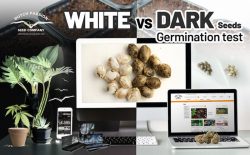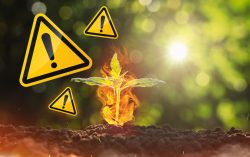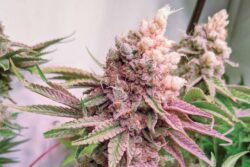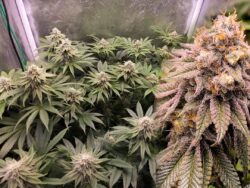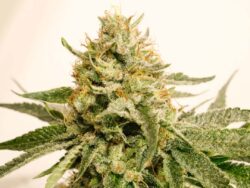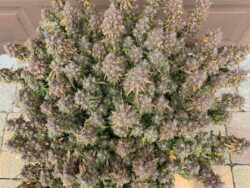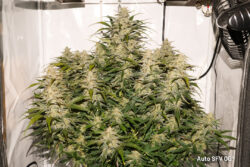Vapor Pressure Deficit (‘VPD’) measures the difference (or ‘deficit’) between the amount of moisture currently in the air and how much moisture the air can hold when fully saturated. For many less experienced growers, VPD feels like an unnecessarily complicated topic which they can afford to ignore and leave to more advanced growers.
But our quick introduction to VPD will show you that the concepts behind VPD are fundamentally quite simple, even if the VPD charts themselves appear technically daunting. A basic understanding of VPD can help you better understand how to optimise your own grow room conditions. The result could be bigger harvests and higher THC/cannabinoid content in your buds!





